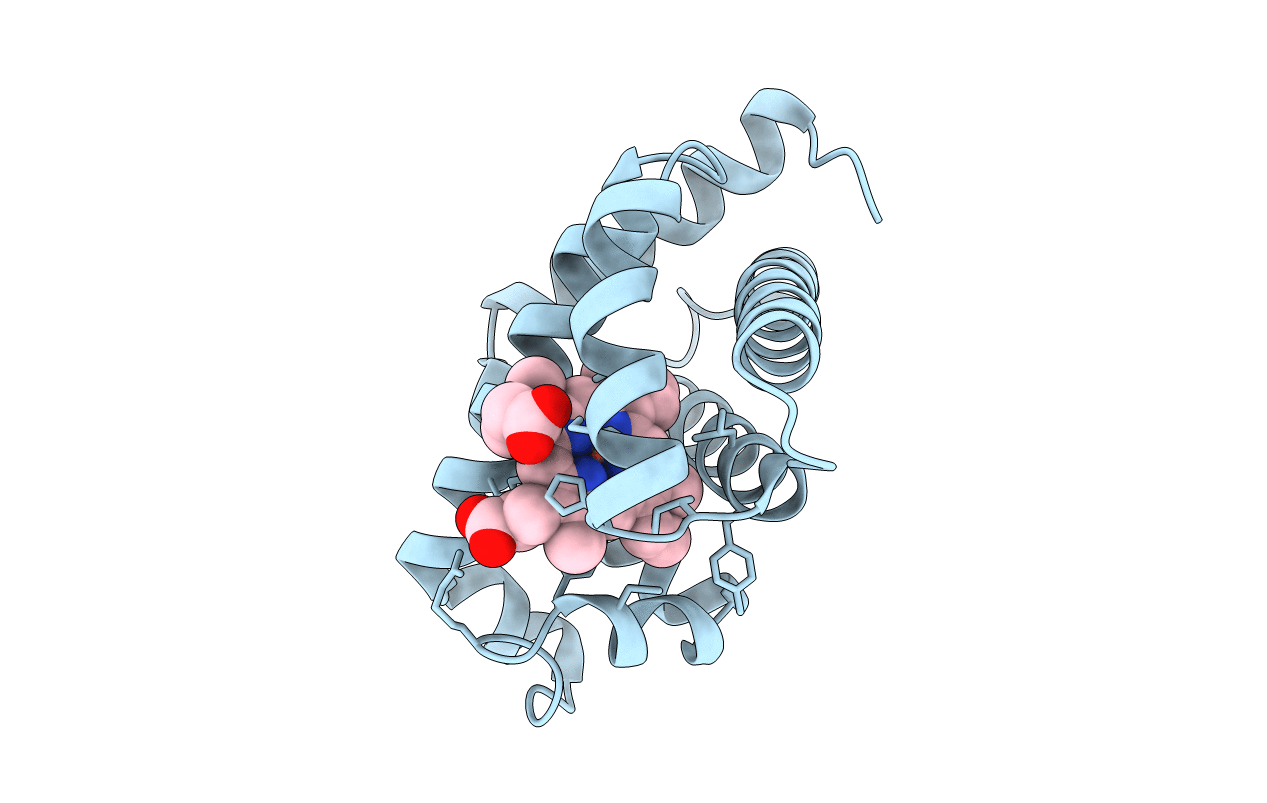
Deposition Date
2017-12-14
Release Date
2018-03-07
Last Version Date
2023-11-22
Entry Detail
PDB ID:
5YZF
Keywords:
Title:
X-ray crystal structure of met K42C sperm whale myoglobin
Biological Source:
Source Organism:
Physeter catodon (Taxon ID: 9755)
Host Organism:
Method Details:
Experimental Method:
Resolution:
1.77 Å
R-Value Free:
0.20
R-Value Work:
0.15
R-Value Observed:
0.16
Space Group:
P 21 21 21


